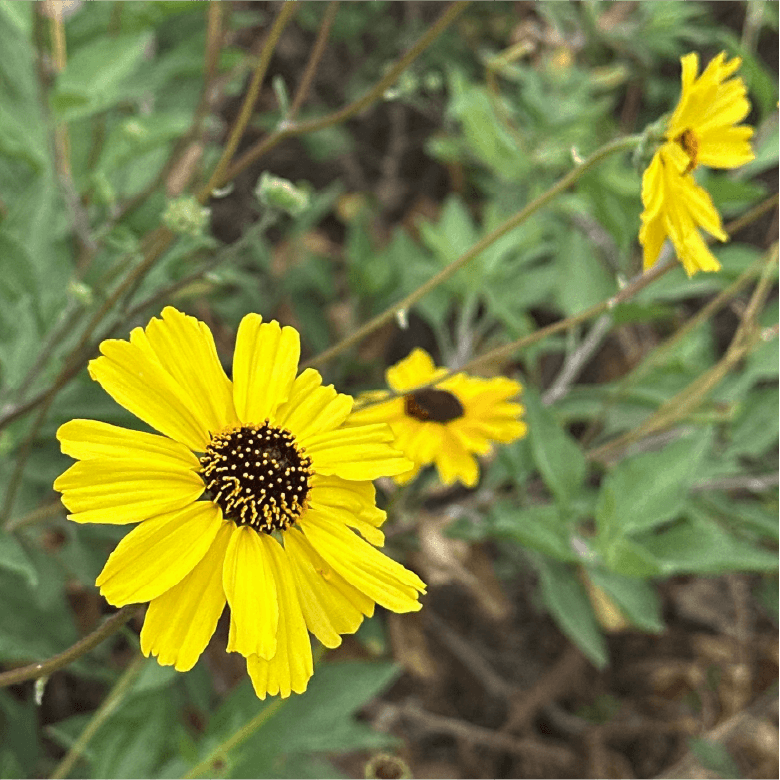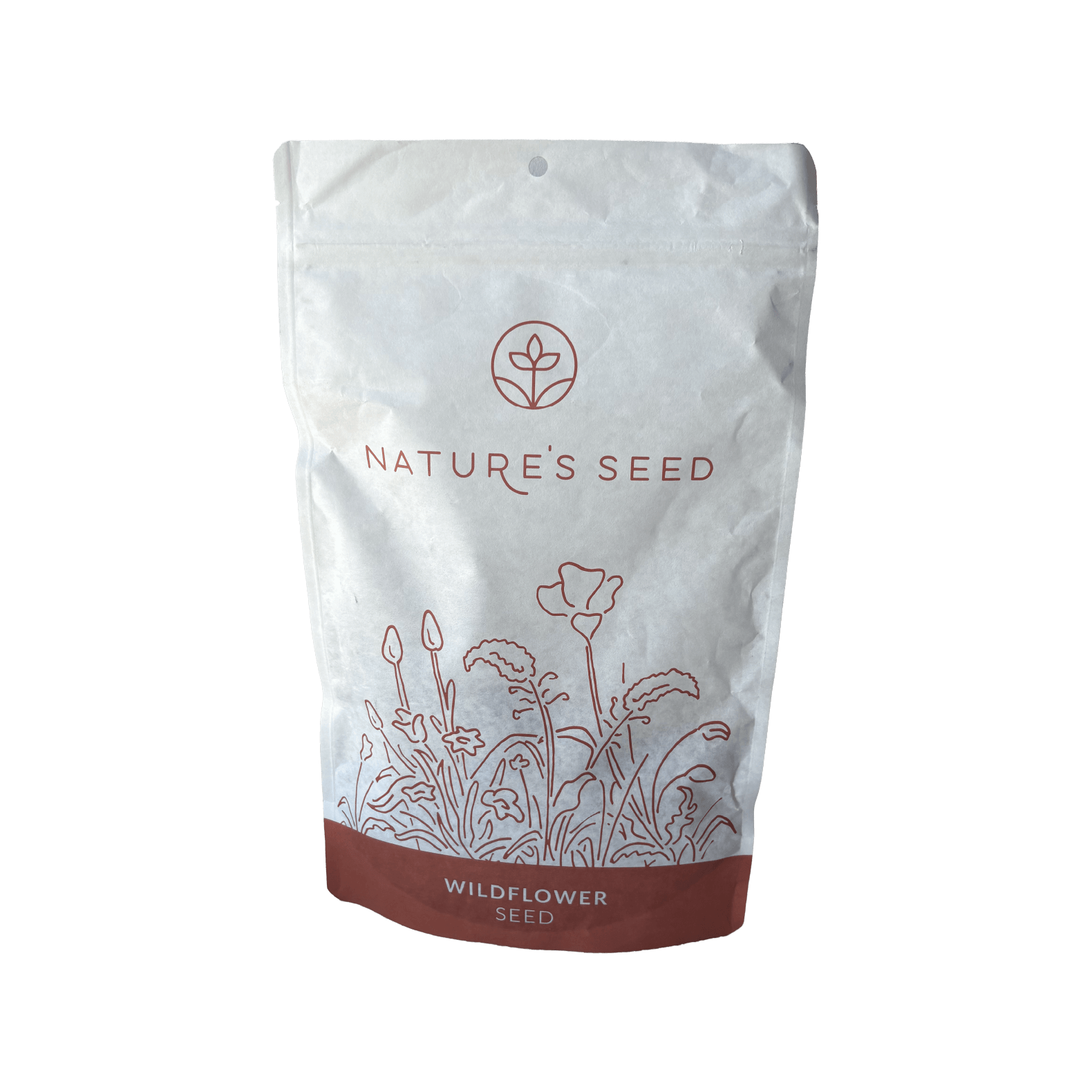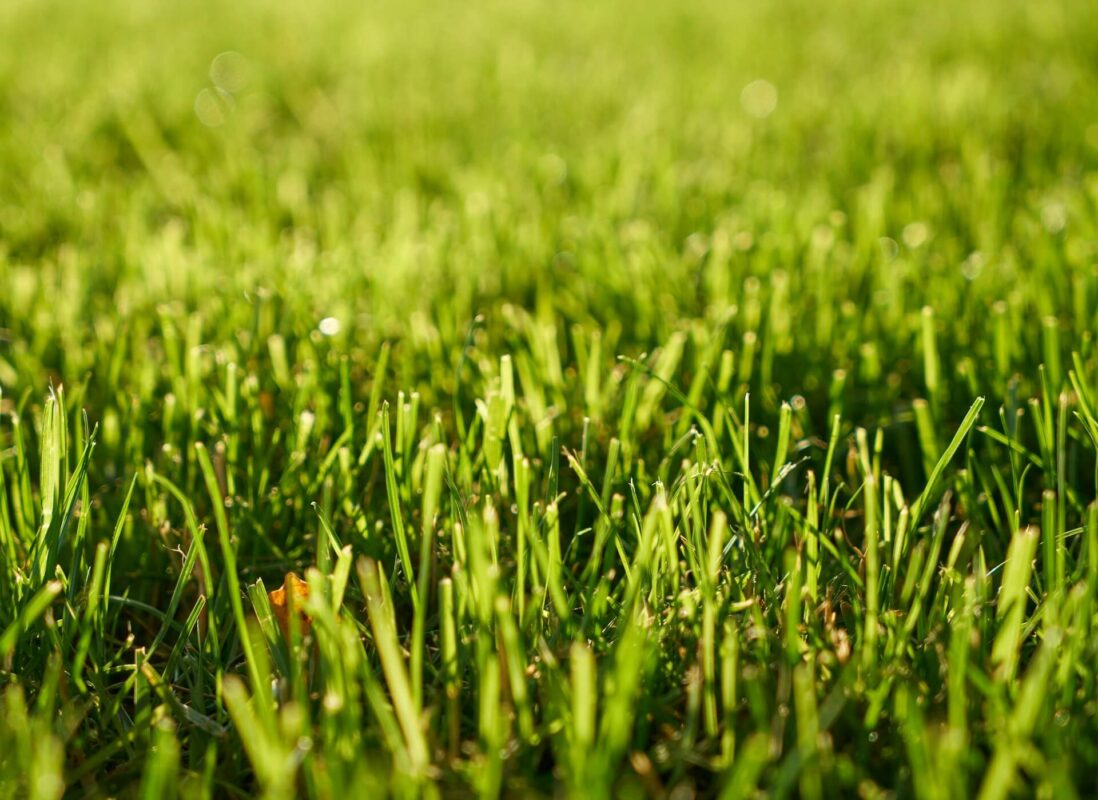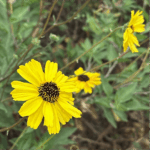
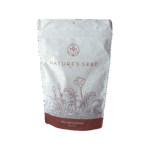
What is California Bush Sunflower
This Bush Sunflower seed was collected with permits from wildland areas in Santa Barbara County, CA.
California Bush Sunflower (Encelia californica) is a fast-growing shrub with bright yellow daisy-like flowers. Native to Southern California’s coastal sage scrub, it forms a mounding shrub 3–5 ft tall and wide. From late winter through spring it explodes in blooms, providing nectar for bees and butterflies. This hardy shrub thrives in full sun and dry, well-drained soils, requiring little to no supplemental water once established. Excellent for naturalizing on slopes or coastal landscapes, it helps control erosion and adds a burst of long-lasting color. Deer tend to avoid it due to resinous foliage.
Specifications
Sun Requirement
Full Sun
Soil Preference
Well-drained (sandy/gravelly preferred); tolerates clay if not soggy
Soil pH
Neutral to alkaline
Time to Maturity
150–180 days (blooms first year from fall sowing)
Height when mature
3–5 ft
Seeding Rate
1 lb per 10,000 sq ft
Planting Depth
About 1/8 inch (if seeding)
California Bush Sunflower
Encelia californica | SKU: W-ENCA
Check your ZIP code to know if this seed works for you
Check Your ZIP Code
×Enter your ZIP code to see if this seed works in your region:
Why Choose This Seed?

Brilliant Bloom Display
California Bush Sunflower has abundant sun-yellow flowers which transform spring landscapes and feed pollinators and birds.
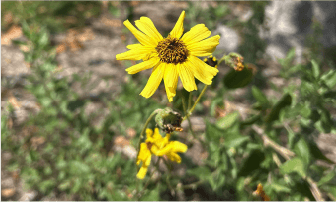
Drought Hardy
This plant is adapted to dry summers—it needs only minimal water after establishment, and no water in the summer.
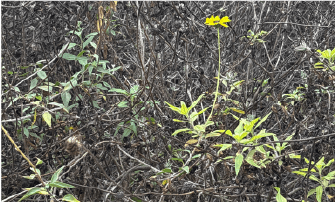
Erosion Control
Once established, California Bush Sunflower has fast growth and spreading roots help stabilize slopes.
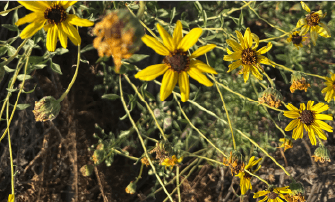
Wildlife Friendly
Not only does this plant provide nectar and pollen for native bees and butterflies, it is a favorite amongst birds, which feast off of its abundant seeds after the flowers bloom.
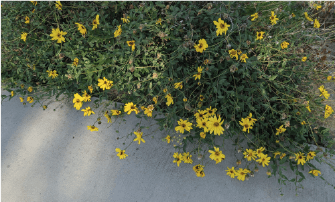
Low Maintenance Native
This is a very easy plant to care for– very little water, no fertilizer needed; and deer and rabbits generally avoid it.
Seed Description
Product Details
Sun/Shade
Full Sun
Height
3–5 ft
Seeding Rate
1 lb/ 2,000 Sq Ft
Uses
Coastal restoration, dry shrub borders, slopes, pollinator habitats, low-water landscaping
Color
Bright yellow with dark centers; gray-green foliage
Water
Low—occasional deep soak in extreme drought only
Native/Introduced
Native to coastal Southern California
Life Form
Perennial shrub (semi-evergreen)
Planting Guide
When to Start & Weed Control
Start prepping your planting area in fall, so that you are ready to seed between late September and early February, when temperatures cool and rain is on the horizon.
Weed your growing area BEFORE planting any native seeds. We recommend not only pulling visible weeds but also “flushing out” the weed seeds that are waiting in the soil. Irrigate the area and wait for weed seeds to germinate, then remove them using your method of choice. Irrigate again, wait, and perform another round of weed control. Repeat 2-3 times.
Soil Prep
Ensure your soil is as bare as possible for the maximum amount of seed-to-soil contact. If the entire area can’t be completely cleared, rake out as much dead plant material from the area as you can to create bare patches of soil for the seed to make contact with. For best results, the soil should be easily crumbled and not heavily compacted.
Seeding
It is best to seed onto slightly damp soil. If necessary, water the top 1/4 inch of soil before seeding. Scatter seed directly on the soil surface and rake gently or lightly press the seed into the soil. Do not bury the seed deeper than 1/4 inch into the soil.
Water
After planting, keep the top 1/4 inch of soil consistently moist until the seeds have germinated and the first true leaves have emerged. A good rule is to water lightly every day intul the seedlings are an inch high, then you can reduce watering to every 3 days. Skip days when it rains. Within 6 weeks after germinating, your plants should need only occasional watering. Don’t over-water your plants, especially in summer.
Questions & Answers
Is this the same as desert brittlebush?
A close relative—different species and habitats.
When does it bloom?
Mainly late winter through spring; sometimes extended near coast.
Do I need to water it?
Very little after establishment; avoid regular summer irrigation.
Will it lose leaves?
May drop leaves in dry summer—normal drought response.
How long does it live?
Often 5–10 years; reseeds lightly.
Is it low maintenance?
Yes—sun and drainage are the keys.
Still have
questions?
Our planting experts
are here to help.
customercare@naturesseed.com
Response time:
Within 1 business day
Reviews
| Coverage Area | , , |
|---|
Related Products
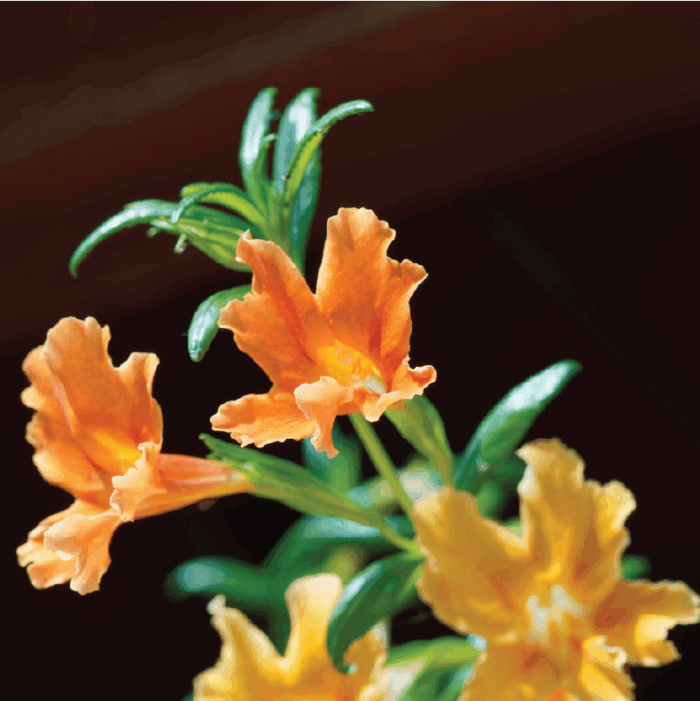
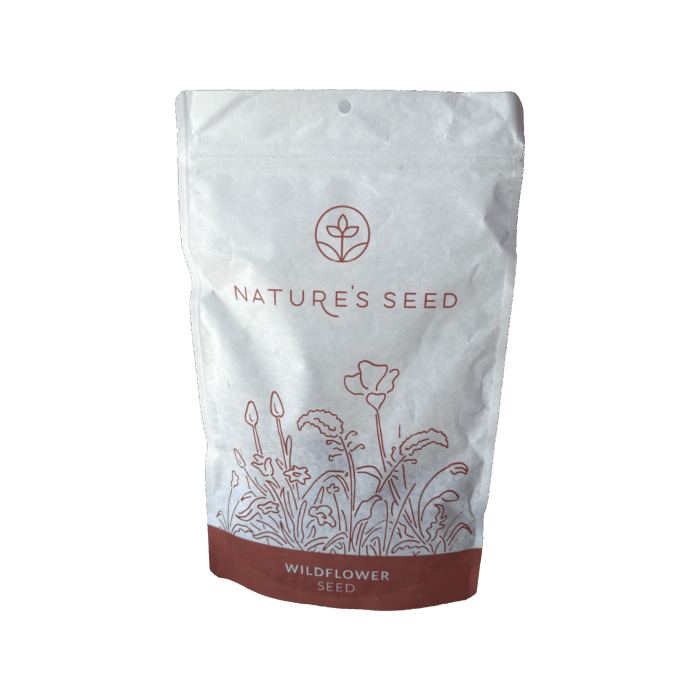
Bush Monkeyflower
(4.7) - 145 reviews
$67.96/lb
Hillside stabilization, wildlife gardens, coastal gardens, large containers
Southern USDA Regions (8-10), Transitional USDA Regions (6-8)
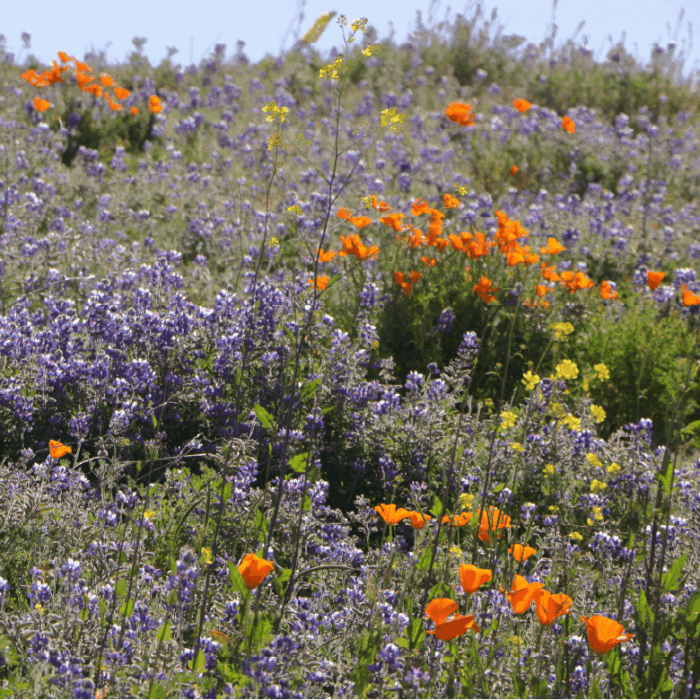

California Coastal Native Wildflower Mix
(4.7) - 145 reviews
$63.98/lb
landscape beautification, pollinator gardens, natural wildflower meadows, and habitat restoration. Great for reseeding native wildflower areas, cottage gardens, and adding color to pastures or roadsides.
Southern USDA Regions (8-10), Transitional USDA Regions (6-8)
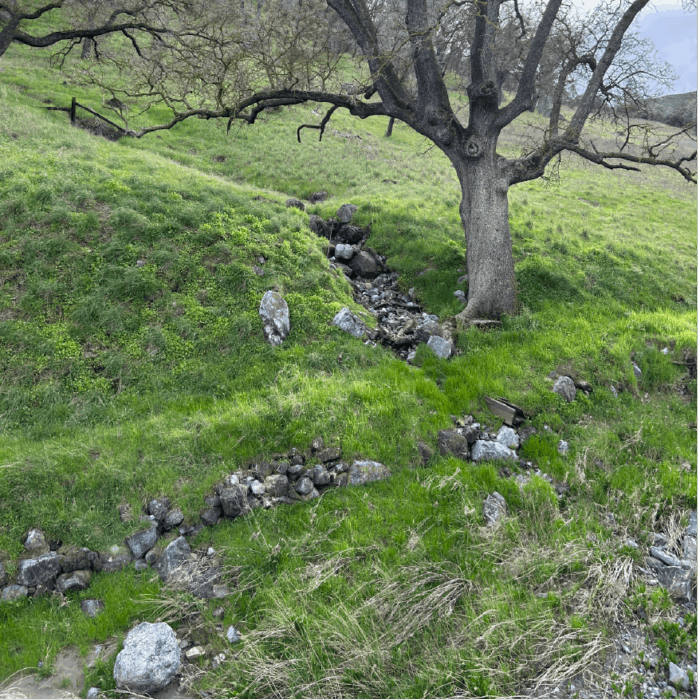
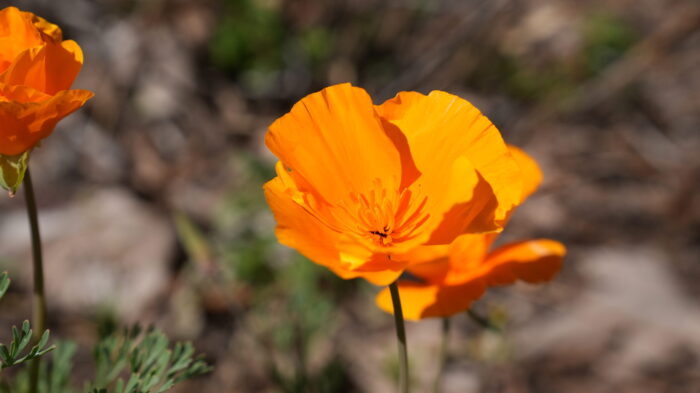
California Native Fire-Wise Mix
(4.7) - 145 reviews
$65.00/lb
Defensible space, Post-fire revegetation, Erosion control, Wildlife habitat, Pasture enhancement
Southern USDA Regions (8-10), Transitional USDA Regions (6-8)
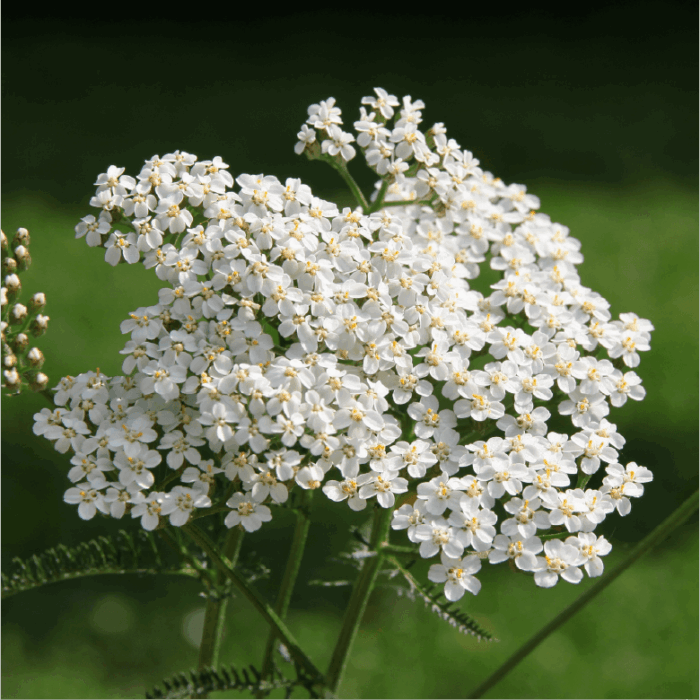

Western Yarrow
(4.7) - 145 reviews
$59.96/lb
Waterwise gardens, meadow plantings, erosion control, cut flowers
Southern USDA Regions (8-10), Transitional USDA Regions (6-8)
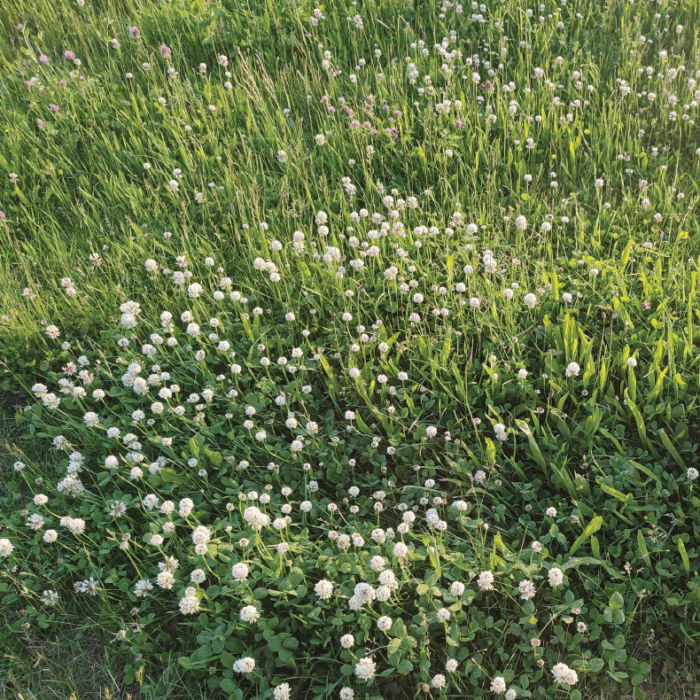

White Clover
(4.7) - 145 reviews
$6.99/lb
Pasture improvement, soil builder, cover crop, green manure, pollinator habitat, lawn alternative, living mulch, wildlife food plot
Northern USDA Regions (3-5), Southern USDA Regions (8-10), Transitional USDA Regions (6-8)
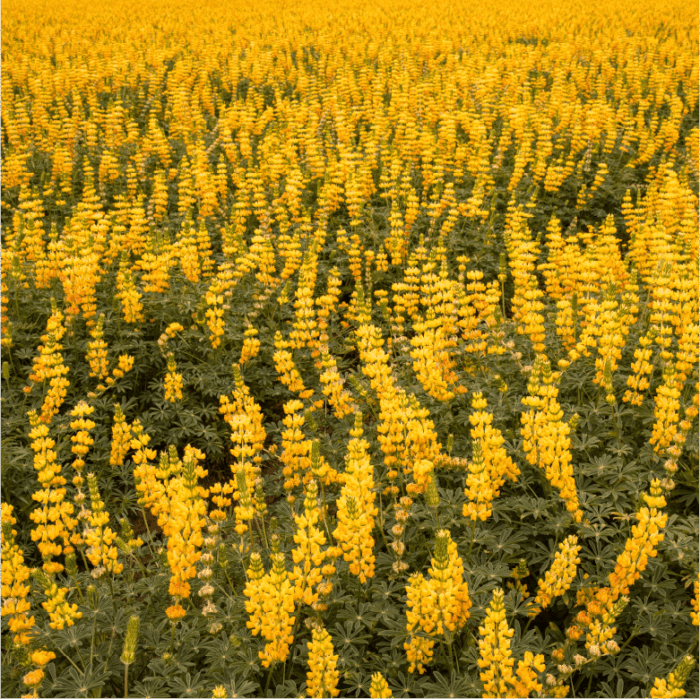

Yellow Lupine
(4.7) - 145 reviews
$100.00/lb
Wildflower meadows, soil improvement (green manure), erosion control, pollinator gardens
Southern USDA Regions (8-10), Transitional USDA Regions (6-8)
